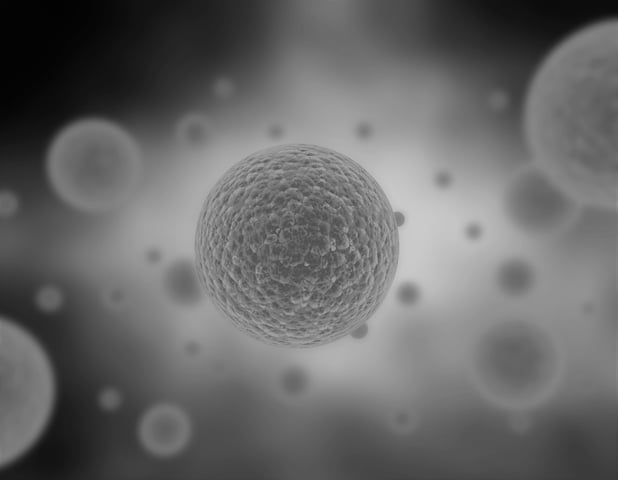
Conventional world oil recovery methods (i.e., primary and secondary) typically extract approximately one-third of the original oil-in-place in the reservoir. Estimated reserves worldwide range up to 1.5 trillion barrels. Using the figure of one-third of 1.5 trillion barrels, it is estimated that the remaining oil after conventional recovery would be approximately 1.0 trillion barrels.
Several enhanced oil recovery (EOR) techniques, generally grouped together as tertiary production schemes such as thermal recovery, chemical flooding or gas flooding, have targeted these huge unexploited reserves. However, finding an economical, environmentally friendly and efficient method to extract the remaining residual oil after primary and secondary recovery remains a challenge.
Besides that, current tertiary practices depend on crude oil prices. Hence, further studies are needed to introduce sustainable, affordable, cost-effective, efficient, and environmentally friendly techniques.
Moreover, oil companies are relentlessly under pressure, continuously looking for novel techniques to recover the trapped oil which has taken up a huge portion of the total cost during oil recovery.
In recent years, nanotechnology as an alternative in the form of nanoparticles (NPs) alone or integrated with the already mentioned conventional enhanced recovery processes has shown promising performance in improving oil recovery.
Nanoparticles (diameter size between 1 and 100 nm) can drastically improve oil recovery by changing the geomechanics of the reservoir and modifying the reservoir properties, like altering the reservoir wettability and reducing the interfacial tension between oil and flooding fluid. Based on their adsorption capability, they can be used in overcoming production problems such as inhibiting asphaltene and wax deposition.
The proposed nano-EOR mechanism includes interfacial tension reduction, wettability alteration, oil viscosity reduction, enhancing thermal recovery, improving the fluid rheology, and structural disjoining pressure. However, most of these studies have been conducted under ambient conditions and using costly prepared precious nanomaterials. Moreover, the recovery mechanism using NPs still requires further investigation especially by using environmentally friendly and cost-effective NPs at reservoir conditions.
This was an introduction for a longer case study where the effect of nanoparticle solutions on wettability and interfacial tension between oil and nanofluid has been investigated.
If you would like to read the full case study, please use the link below.
Studies show the influence of EOR agents on the reservoir rock wettability. Studies are not considering the reservoir conditions i.e. high pressure.
There are three commonly used wettability measurement techniques for oil reservoir characterization; Contact angle, Amott-Harvey, and USBM.
Using so-called smart water flooding has increased interest in both sandstone and carbonate reservoirs due to its low cost and minimum impact on the environment.
Most commonly used methods to study reservoir wettability are Amott-Harvey, USBM, and sessile drop contact angle.
Carbonate reservoirs are characterized as intermediate to oil- wet. Altering the wettability of the carbonates has been proposed as one of the main mechanisms for enhanced oil recovery.
Different enhanced oil recovery methods are used to alter the wettability of the reservoir rock. To study the wettability alteration at the reservoir conditions, an instrument where the measurements can be done at high pressures and temperatures are needed.
Unconventional oils, such as heavy oil, extra heavy oil, and bitumen, normally exist tightly on host solids such as rocks, sands and clay minerals. Successful liberation of unconventional oil from solids is essential for effective recovery.
In enhanced oil recovery wettability plays an important role as that determines the interactions between the solid (rock) and the liquids in the reservoirs (crude oil, brine). Wettability has been recognized as one of the key parameters controlling the remaining oil-in-place.
